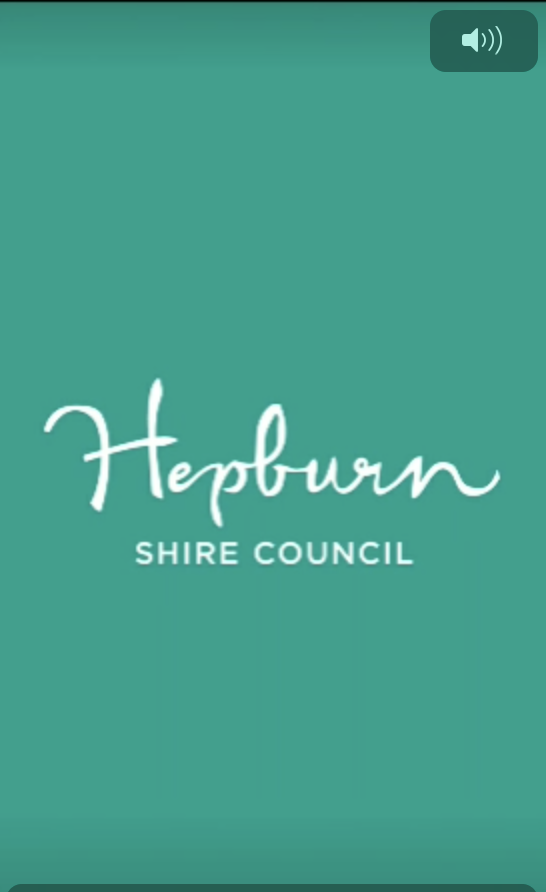December 20th, 2024Dharma on a quest to gain digital wisdom

While Australia grapples to keep kids safe online, Daylesford’s Dharma School is embarking on a bold new project that uses a mindfulness approach to tackling the problem.
From the new year the school will be part of a Global Wisdom Project as it adapts the Victorian state government’s eSmart package in a way that it hopes will yield far better traction with children.
While the state’s eSmart package has much going for it, including the best of intentions, Dharma school principal Andrea Furness says that in practice they’ve found the children are not relating all that well to it.
“It’s a good resource but the children don’t engage with it. I’m guessing that the language isn’t right for them,” Ms Furness says.
Through their Global Wisdom Project they’re adapting the state’s eSmart package using the language and ethos that already underpins all they do at the school so as to guide every interaction the children – and their adults – have with social media and the online space into the future.
“These precepts, our values, are Reverence for Life, Generosity, Body Responsibility, Deep Listening and Loving Speech, and Mindful Consumption,” Ms Furness says.
eWise
“We’re applying the precepts to reframe the language of eSmart and calling it eWise.
“It’s part of the wider Global Wisdom Lab. We and two other schools in Victoria are part of it.”
It’s an undertaking for which they are receiving support from Monash University’s Professor Zane Diamond.
“This research is being conducted by our school with Professor Zane Diamond from Monash University as our Digital Wisdom project contribution to the larger international umbrella of the Global Wisdom Lab,” Ms Furness says.
“We are hoping we will launch the resource next year. The second stage will be a Community Participatory Action Research Project so parents, including those who are not part of our own school community, can then choose to participate in a series of groups facilitated by Professor Diamond.
“Groups of parents will have the chance to participate in action research alongside students, creating an opportunity to bridge home and school expectations in the digital world.
Ripple effect
“This has a lot of capacity for ripple. We will be inviting expressions of interest to be part of the CPARP on our website before the end of the year.”
Ms Furness said the school didn’t have any internet devices.
“We have some kids who have access to phones but while we’re at school we don’t have access to them. Even smart watches go into your bag while we’re at school.”
In terms of the new federal legislation aimed at protecting under 16s from the well-documented damage associated with social media use, Ms Furness says it’s well intentioned but, like many, questions how it will work in practice.
“I think it’s a great idea but I don’t think it’s being rolled out in a way that’s really set up to be successful,” she says.
“We need resources for parents and I think big tech companies really need to be on board as well.”
Algorithms
The algorithms operating behind the visible face of social media, and the enormous social pressures to remain connected within a social cohort, particularly among young people, especially need to be carefully factored into addressing the issue long-term, Ms Furness believes.
Story: Eve Lamb









